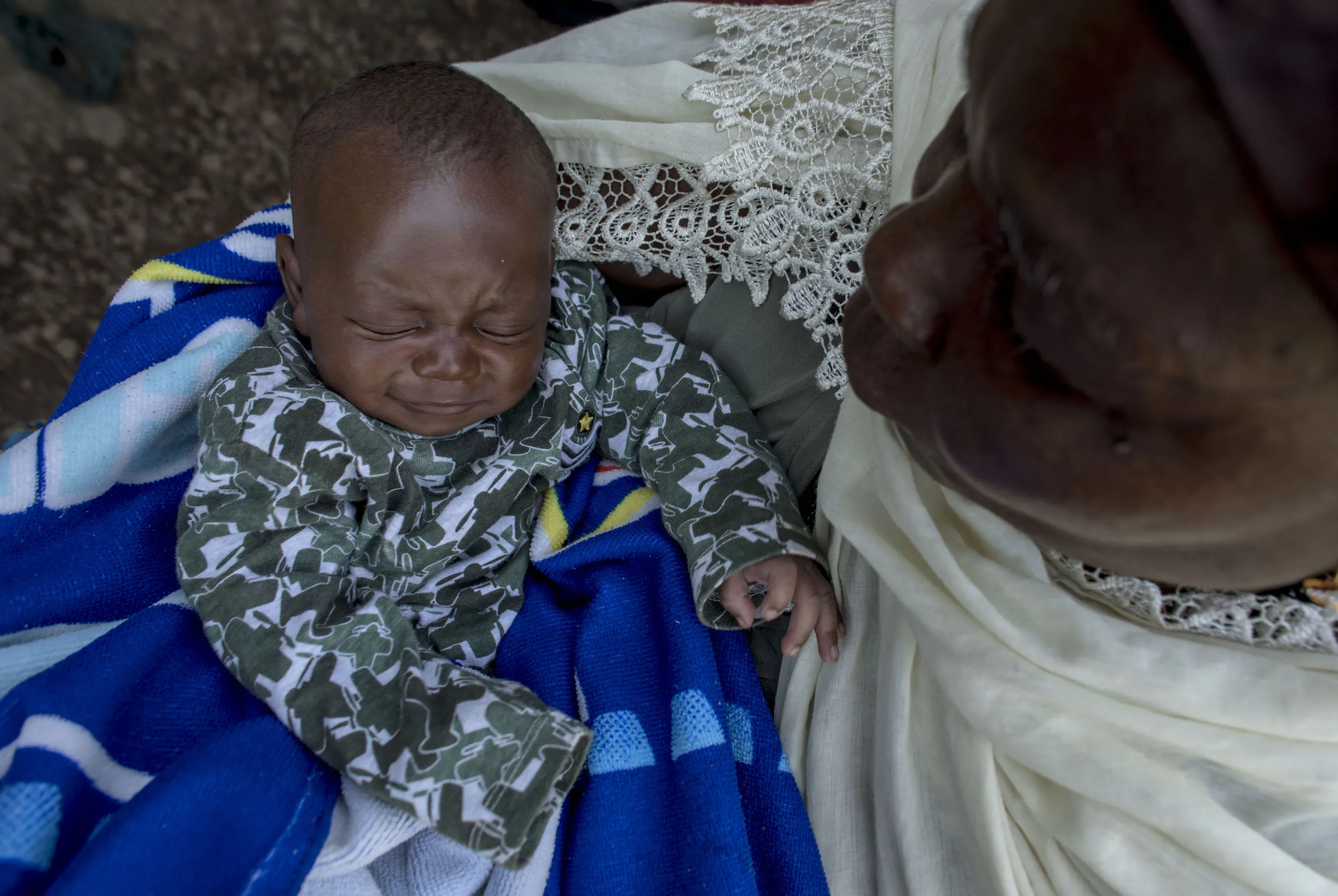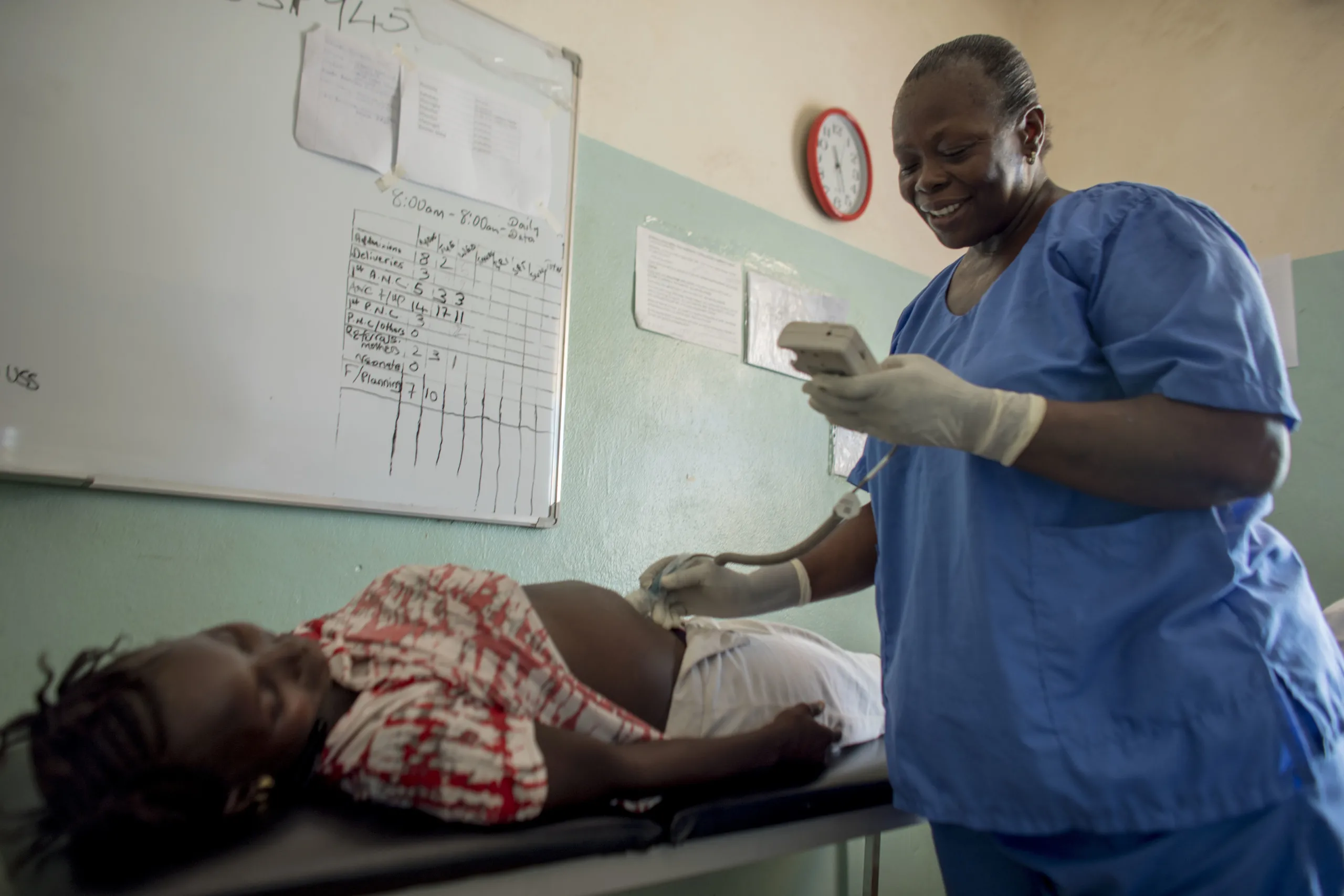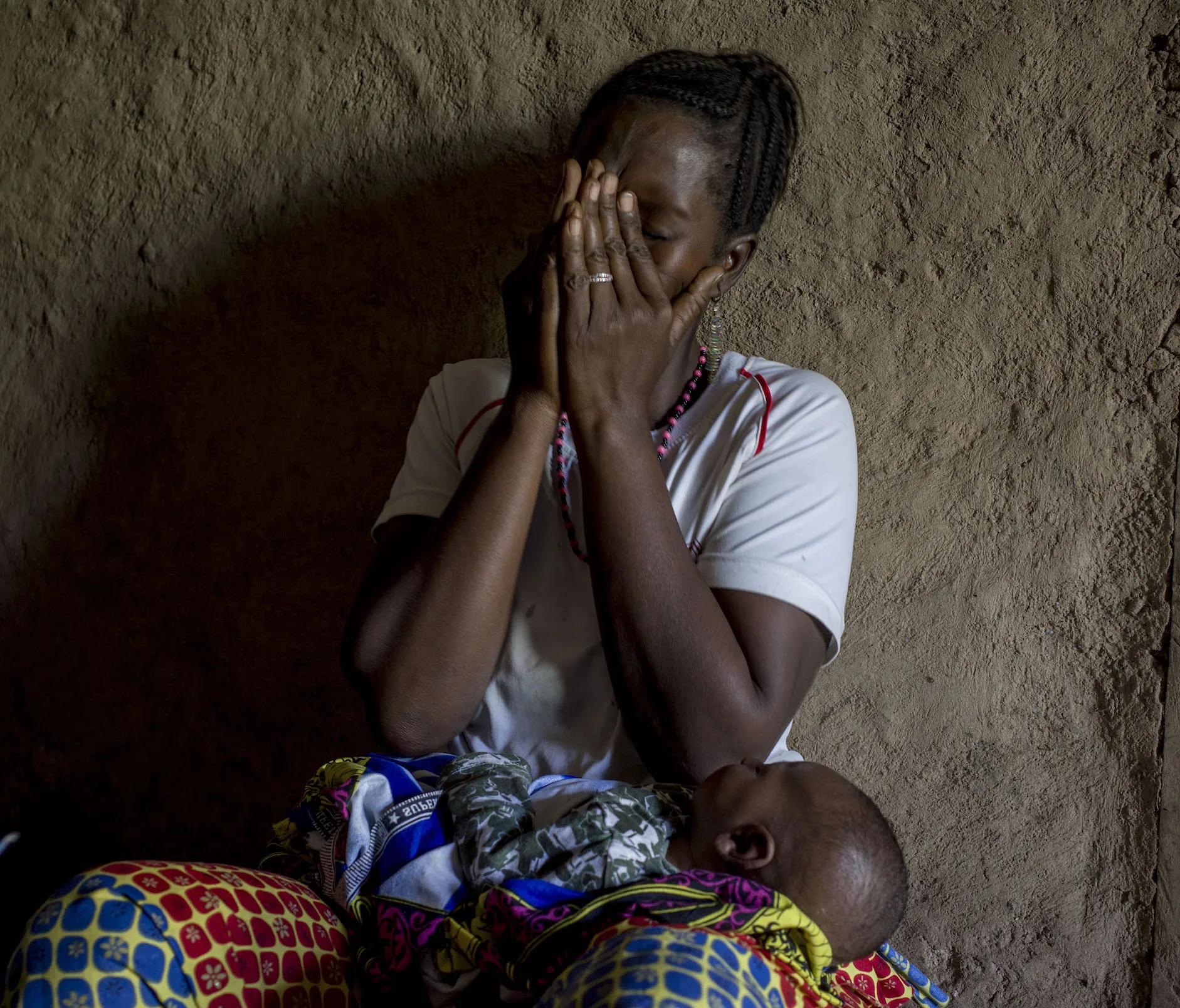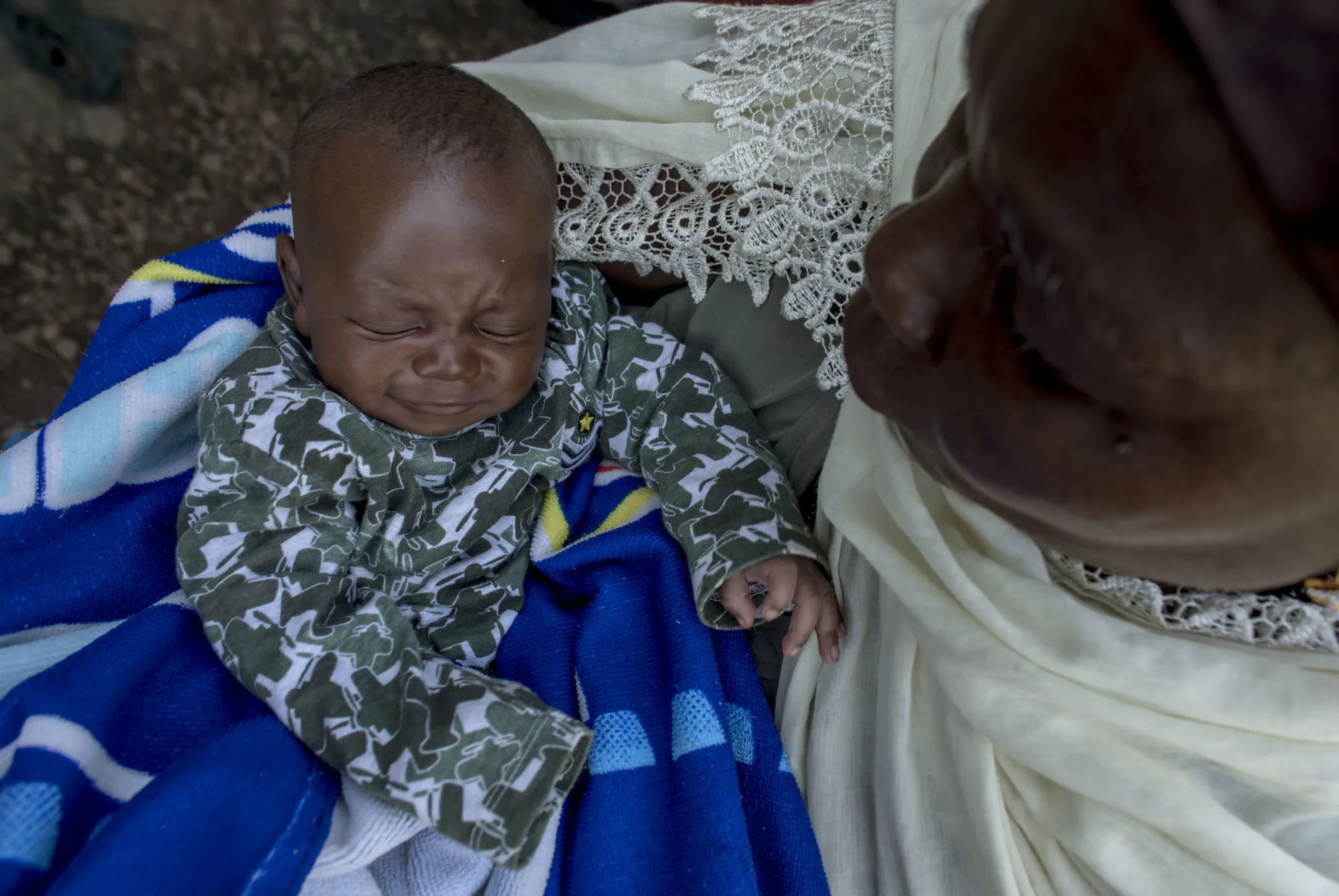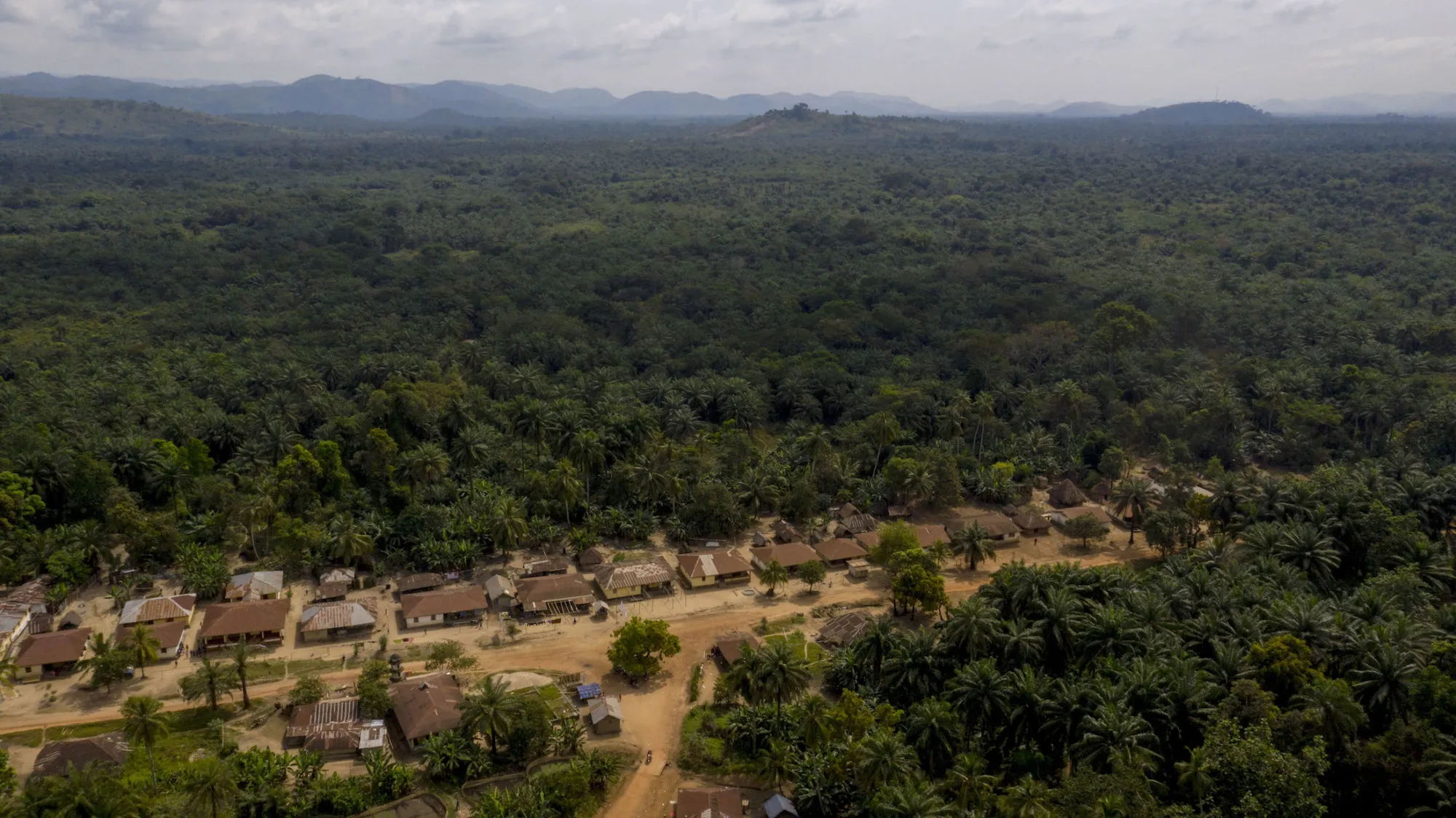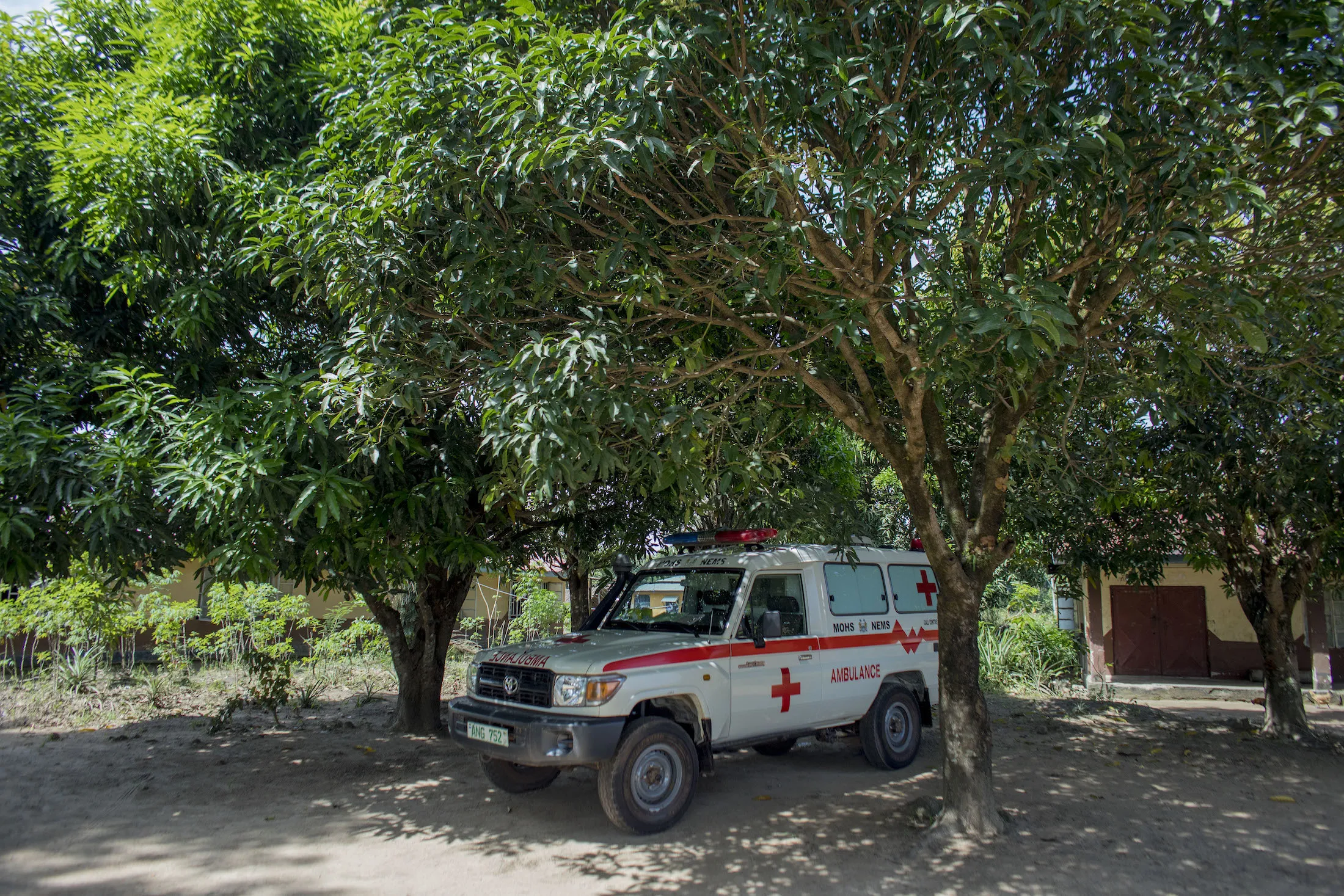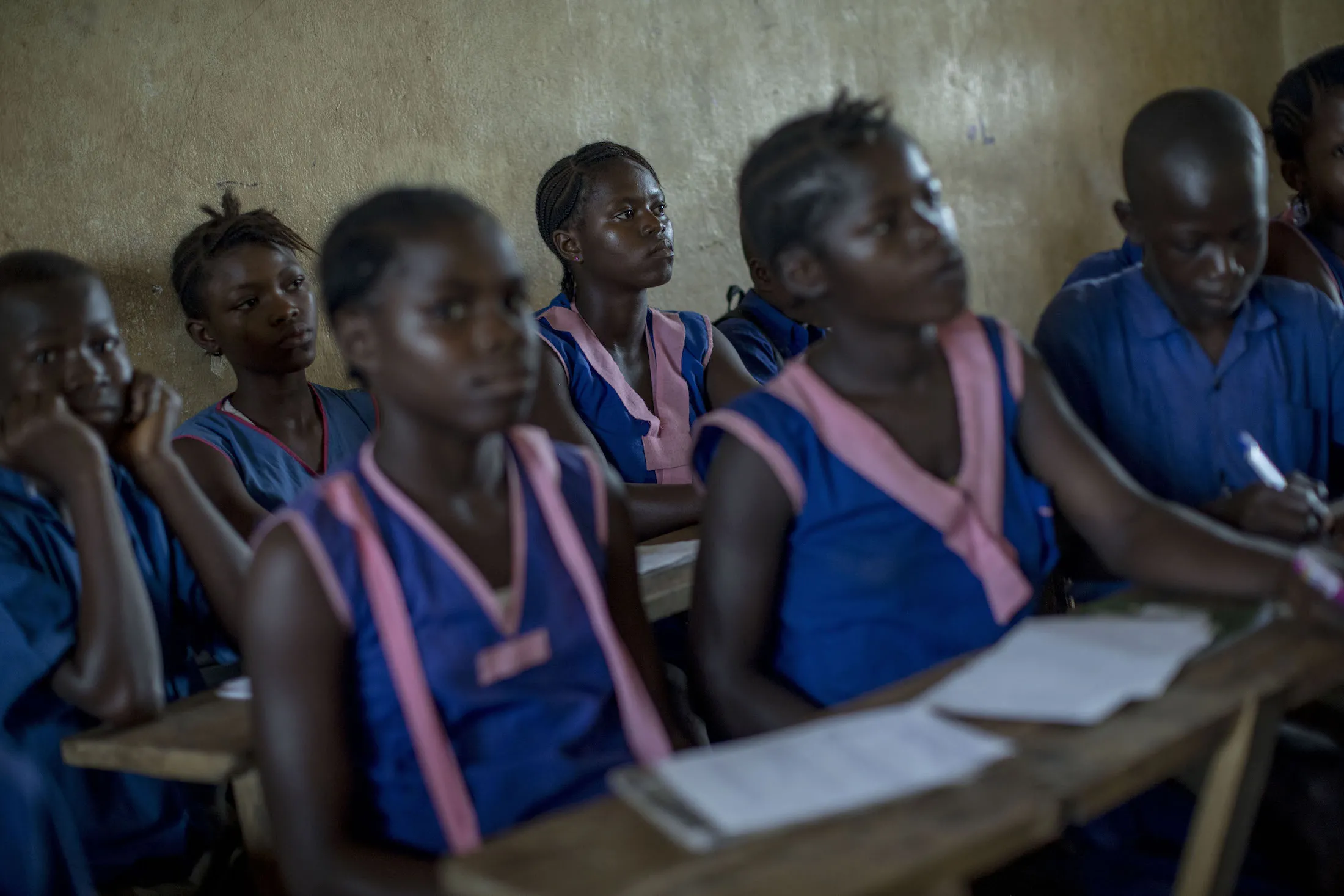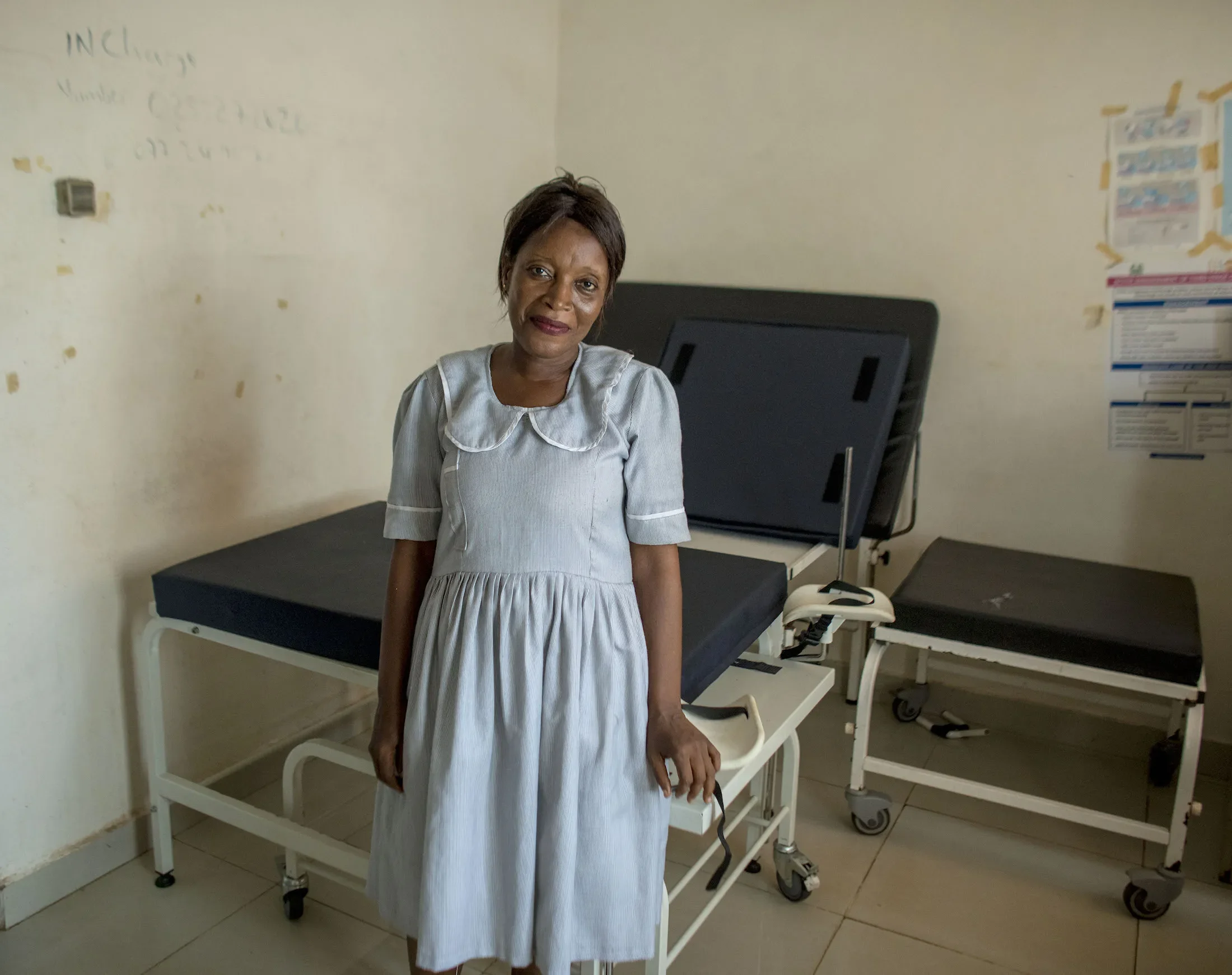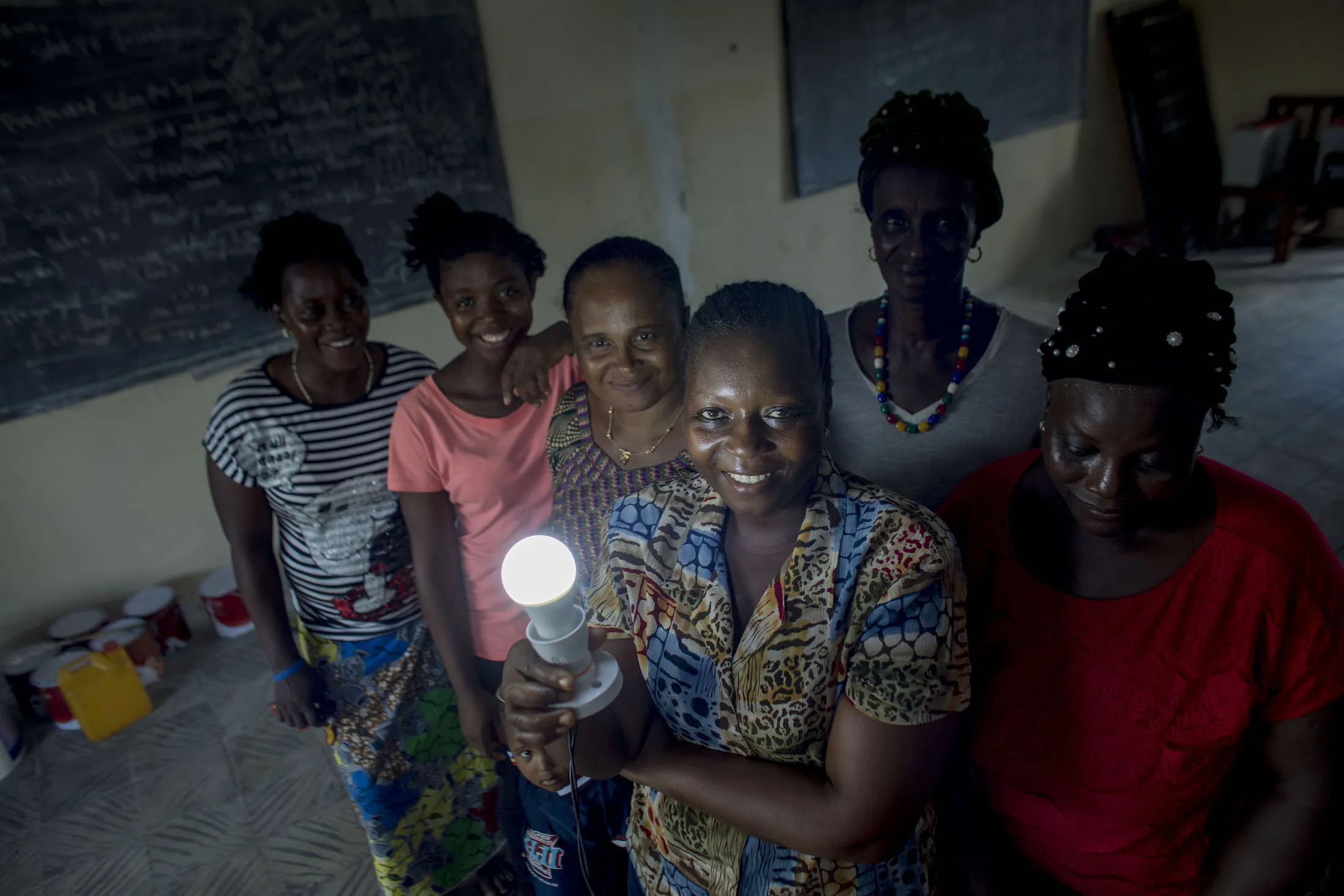The chances of dying during childbirth in Sierra Leone are 1 in 17. With an estimated 1,165 deaths per 100,000 live births, the country has one of the highest maternal mortality rates in the world. In comparison, the maternal mortality rate in the United States. is 23.8 deaths per 100,000 live births, meaning women in Sierra Leone are nearly 50 times more likely to die while giving birth than U.S. women.
The small West African country with a population of 6 million people is recovering from a civil war that lasted over two decades and an Ebola outbreak — both of which have weakened the country’s infrastructure.

